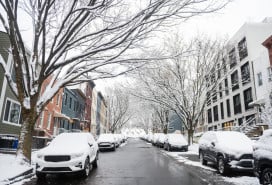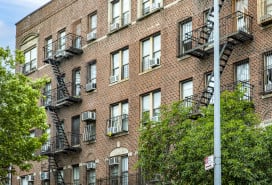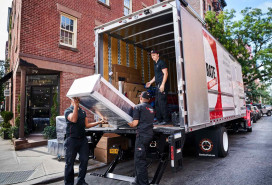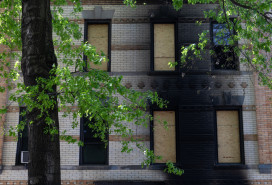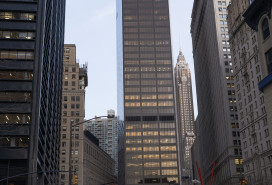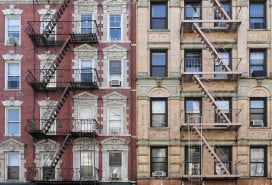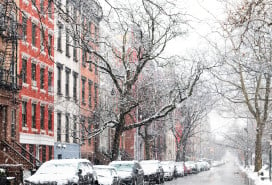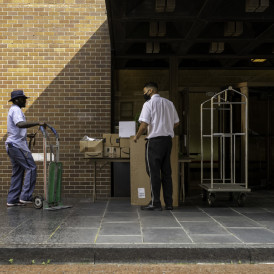Property Shark Map of the Month: Where all the 311 complaints are

Wouldn’t it be helpful to know the most common complaints filed against a building you’re looking to move into--or involving your future neighborhood?
To know if the heat has broken down repeatedly during this snowiest of winters? Or that the landlord lets the trash pile up, inviting critters onto the premises? Or the construction site next door carries on work after hours?
It's easy to discover what may be ailing your prospective new home or neighborhood (or simply indulge in some neighborly schadenfreude) with this interactive map of all non-emergency 311 service requests from real estate data website PropertyShark.com.
You'll see icons depicting each of the 16 agencies that might be tasked with righting whatever was wrong following a call into 311.
For example, the Department of Buildings (DOB) deals with defective boilers or sprinkler systems or problems with electrical wiring, while the Department of Housing Preservation and Development (HPD) handles heating, vermin and mold complaints; the Department of Sanitation (DSNY) takes care of graffiti and “dirty conditions”; and the New York City Police Department (NYPD) oversees such non-emergency issues as noise complaints and blocked driveways.

Double-click on any given agency icon to pull up a mini-report that gives you an exact description of the problem, the address where it occurred, the date the complaint was recorded, the amount of time the agency has to correct it, and its current status. The map is updated every seven days, so it offers a spot-on snapshot of life in the five boroughs in the last week.
“You can look weekly and see if the same complaint is repeatedly filed against a specific property or if complaints are swiftly resolved,” says Nancy Jorisch, a senior data analyst for PropertyShark.

Above: a NYC Health Dep't icon marks the spot of a 311 complaint about vermin and garbage at a West Village eatery.
In addition, she suggests that serious buyers also make sure to check out Section G: Violations on any detailed property report at PropertyShark.com ($9.95 each, or $39.95/month for 150 reports a month) to see if any of these 311 complaints have ever escalated into actual fine-carrying violations. Consider steering clear of any building that doesn’t speedily resolve its issues before they evolve into larger problems.
While many of these quality-of-life issues are resolved so quickly that they’ll disappear from the map after a week, the map can still help by letting you know if you're moving into a 24/7 party zone or a place where management fails to remove snow and ice from walkways time and time again. Although not all complaints are building-specific, just knowing the kinds of issues that are found on a block can be important information to have before moving to a new neighborhood.
At the very least, “you'll know what kinds of annoying things to watch out for,” says Jorisch.
PropertyShark.com is a real estate website that provides in-depth data for more than 75 million properties in New York City, Philadelphia, Los Angeles, San Francisco Bay Area, and other major U.S. markets. The company covers most of the U.S. with a primary focus on the New York real estate marketplace. Click here to see what services and data are offered in your area.
More from PropertyShark.com:
QuickTip: How to check for liens before you make an offer (and why you should)
How to buy an apartment that's not for sale
How to find the real owner behind an LLC
3 more ways to find the real owner of a NYC property
Map of the Month: Toxic sites in New York City
Map of the Month: See every co-op and condo with a parking garage in NYC



